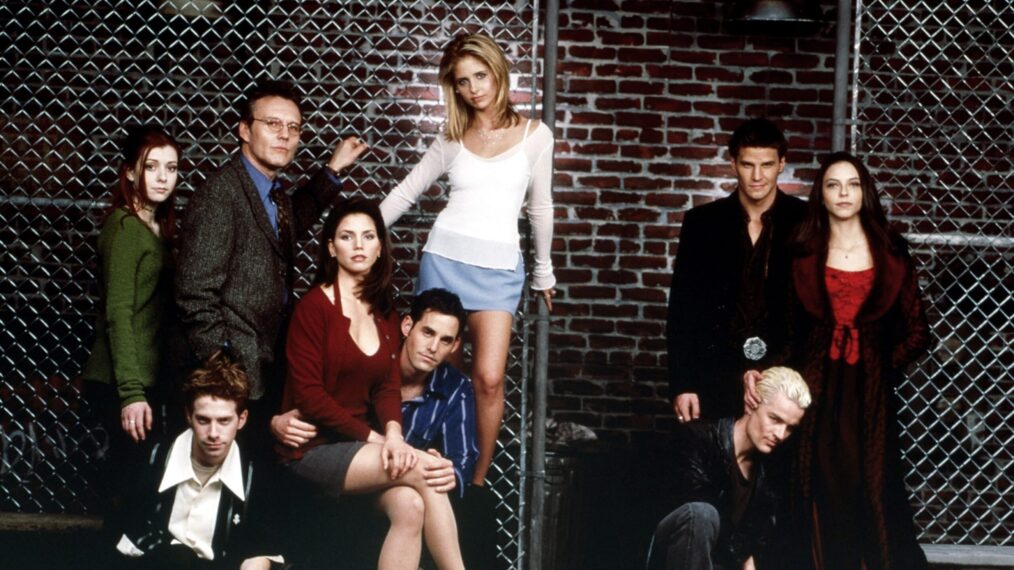Buffy the Vampire Slayer: Who Did It Better? The Movie, Or the Show?
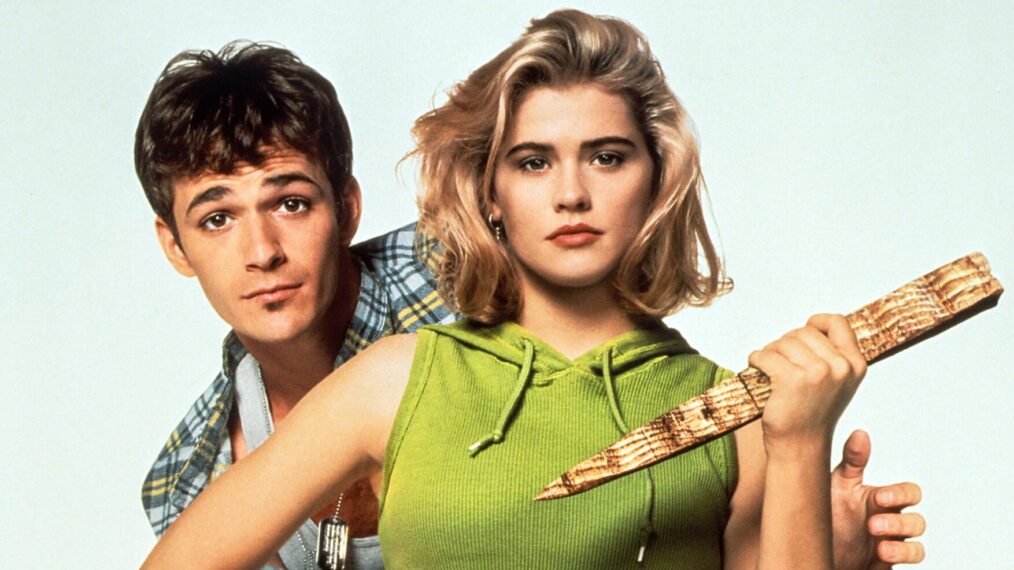
Sorry 1990s movies, but this is no contest. As an avid (almost unhealthily-obsessed) fan of the Buffy the Vampire Slayer series, I finally decided to watch the 1992 film that inspired the show and boy, was I surprised. I expected it to be subpar, but it’s so bad, and I completely understand why it flopped.
Where do I start? How about the lack of depth in the film, as compared to the series, which, for its time, was very nuanced? Books were written on the philosophy behind the Buffy series, and Joss Whedon launched his career with its success for good reason. (Yes, I know, he’s a bully, but let’s not conflate art with artists, or we will have to remove half of it from existence.)
Pros
Kristy Swanson does a great job, given what she had to work with. As someone who has spent ten years doing kickboxing and Jiu Jitsu, having scenes with her training for future vampire battles is a win all around, if only to inspire other young women to do the same (I am pretty sure my obsession with martial arts came from my obsession with Buffy the series).
Also, because it came out in the very early ’90s, it still has the great fashion sense of the 1980s, which at least makes it enjoyable aesthetically. This is not sarcasm! My favorite thing about 1980s’ movies has been the colorful attire.
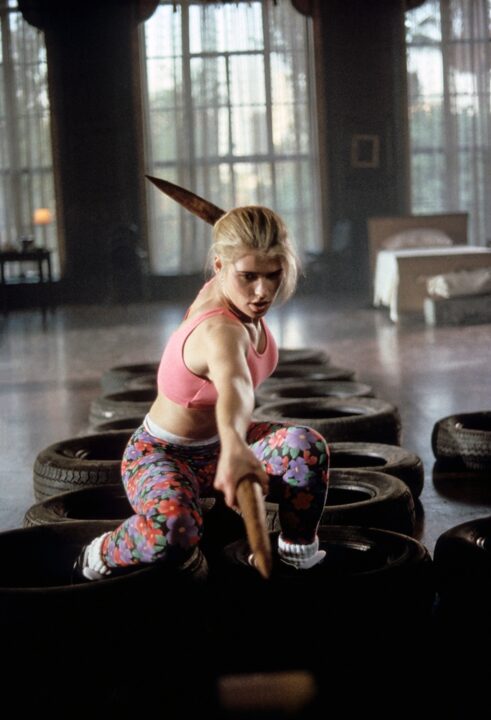
Copyright © 20th Century Fox Film Corp. All rights reserved.
Cons
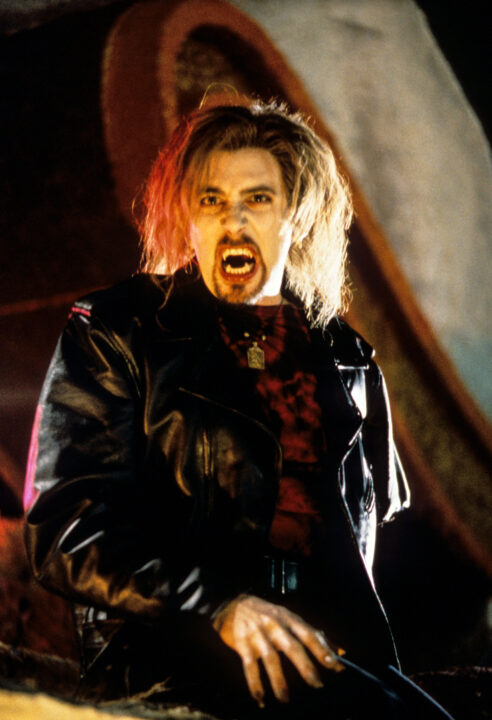
Ron Phillips/20th Century Fox Film Corp./Courtesy Everett Collection
The vampires, besides looking so ridiculous they’re not even remotely scary, are so one-dimensional (like Paul Reubens pictured above). In the series, they’re still people with personalities, presented as a colorful variety of bad-boy tropes who are immortal creatures more for their symbolic nature. The way I see it, vampires are metaphors, immortal because they represent personality traits that have been around for centuries. You’ve got your depressed man who cannot recover from past trauma (Angel), your rage-aholic who cannot control his temper (Spike), and your power-hungry narcissists who end up being the villains of seasons. Joss Whedon himself has said that the demons on the show represented various problems young people have to face while they’re growing up, and Buffy’s main issue was her bad taste in men (relatable!). Who else but a teenager would fall for a guy who sleeps all day and is incapable of having any fun? Sorry Angel, I did have a poster of you on my wall in high school, but now I’m older and see the error of my ways.
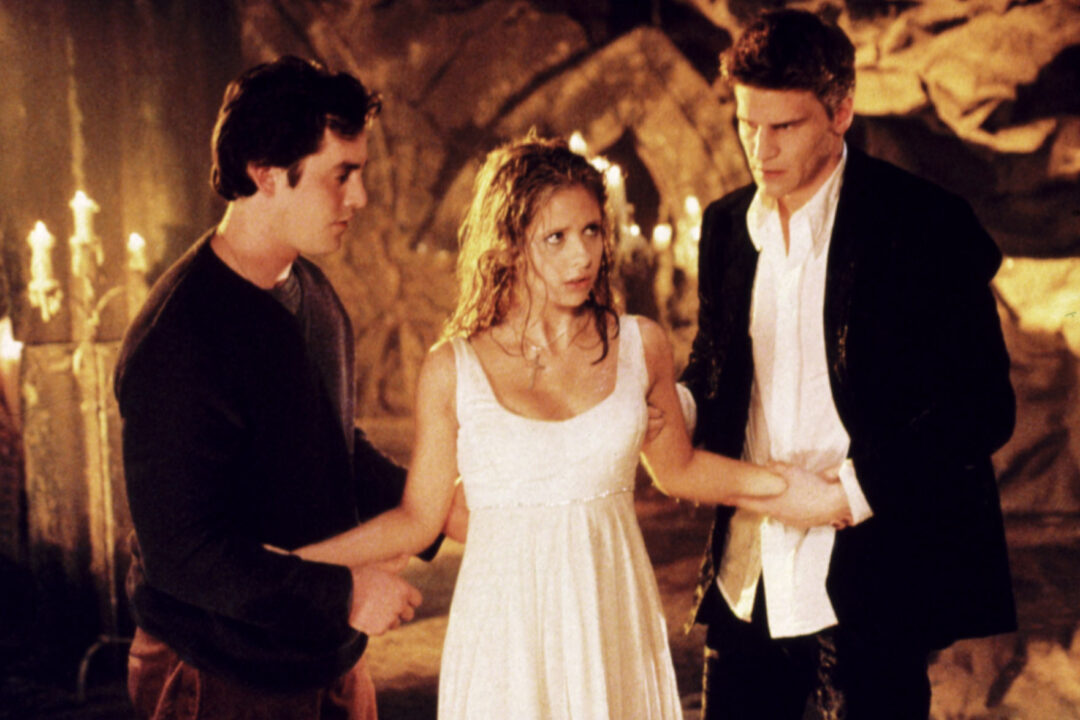
Courtesy: Everett Collection
Also, despite their over-the-top makeup and pointy ears, the teenagers in the film are very slow to realize what they are dealing with, even allowing one toothy vamp to play basketball in a high school game that is quickly derailed by a fight between the player in question and Buffy in cheerleader attire. (Interesting cameo by a very young Ben Affleck, though!)
Lastly, the dialogue. Awful.
Questions
I have no questions. This movie is meant to be silly, so the plot is silly. It probably belongs in the 1980s, with all the other films where high schoolers still care about dances and cheerleading. I think by 1992, audiences were getting tired of superficial monster movies, which is probably why it flopped. I’m just glad that by 1997, they could go in a different direction with the series.

For most of her childhood, all Ukrainian-born millennial Zhanna Slor ever watched was a cartoon about a chain-smoking wolf chasing a bunny around Soviet Russia. This has the tendency to both amuse and horrify her coworkers. “No, I have not seen Star Wars.” “No, I have not seen Rocky.” “The Shining? Caddyshack? Animal House? Nope.” In this column, using ignorance as a challenge, she debates how iconic films hold up in the new century, when watched completely out of context for the first time. For more of these reviews, click here.
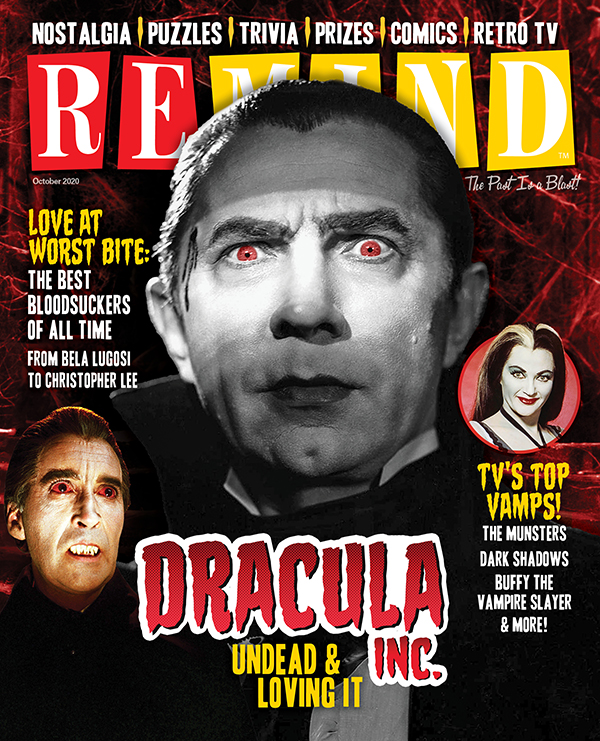
Dracula
October 2020
Drac is Back! Delve into some of the best vampire fare in TV, movies, radio and books.
Buy This Issue
